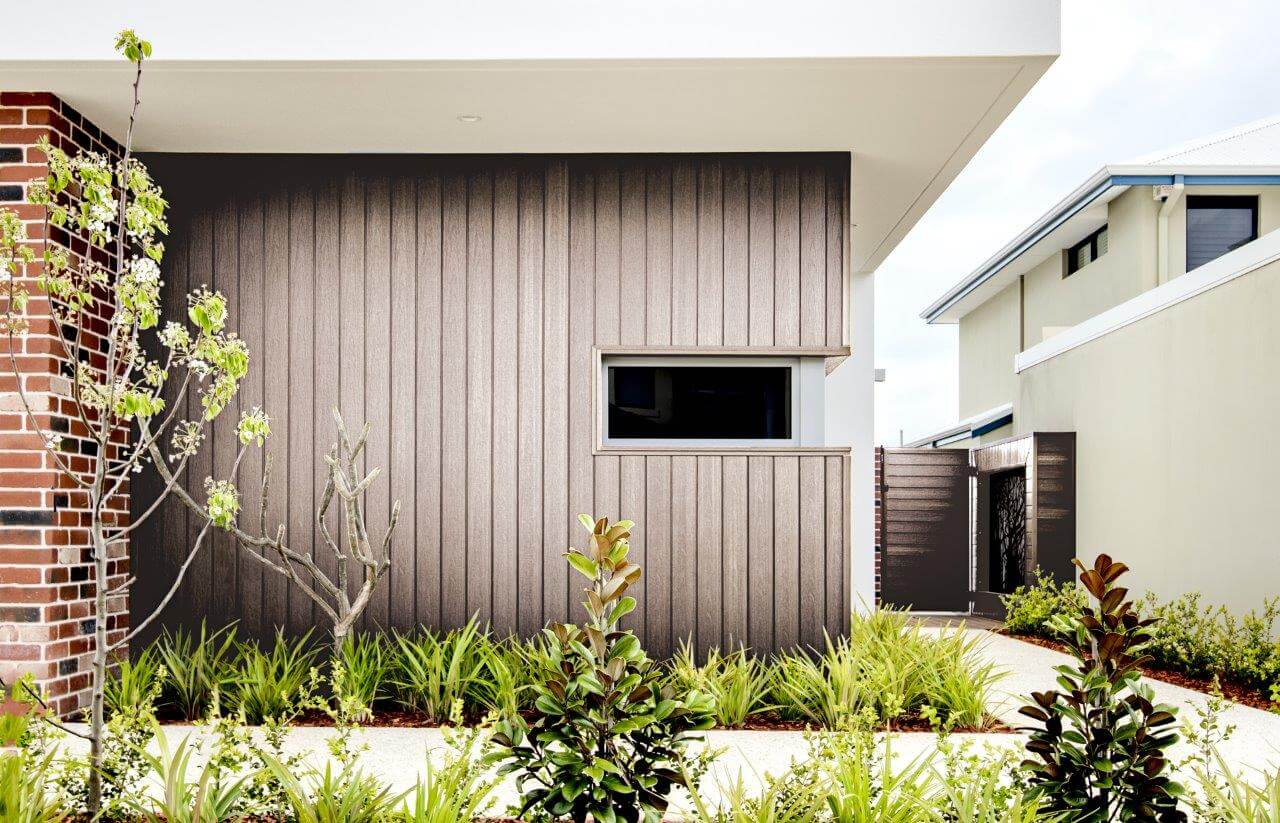Timber Cladding vs. Composite Cladding: Which One Should You Choose?
Cladding offers a wonderful, cost-effective solution for a practically instant facelift on exterior walls. It can also make them last longer while providing insulation benefits. Whether it’s for a commercial or residential property, you have a range of external cladding options available. It’s important to work through a few central criteria when deciding which one is right for you. These benchmarks should include cost, maintenance, aesthetics, and durability. Wooden cladding and composite cladding are two common preferences, but how do they compare on the key considerations?
Durability
Composite timber cladding tends to be far more durable than wooden cladding. This is true even with hardwood cladding, which is the more enduring of the two types of wooden cladding, both of which are 100% timber. Softwood cladding, the other type of wooden cladding, may be treated with chemicals to make it firm, but is still less durable than hardwood and composite cladding.
Both hardwood and softwood, however, become less durable over time. They can also be vulnerable termites and pest infestation, moisture absorption, rotting, and splintering. By contrast, since composite cladding is synthetic and made from wood fibre, plastics, and other materials, it tends to be more durable than timber. It’s resistant to moisture, UV, rotting, splintering, warping, termites, fire, and the elements. Check the BAL (bushfire attack level) rating to find out how resistant to bushfire a particular composite cladding product could be.
Maintenance
Composite timber cladding is also the winner in maintenance. Natural timber may be beautiful but can be subject to termite infestations without regular coasting like sealing, staining, and painting maintenance work. Sanding and painting is also important for aesthetic maintenance, as wood cladding will fade without this type of upkeep. Composite cladding, on the other hand, requires no sanding or painting to prevent fading. It retains its aesthetic appeal for a long time without any work and requires no sealing to deter termites. As far as maintenance work is concerned, composite cladding requires only occasionally cleaning with water.
Cost
Composite timber cladding is typically slightly more expensive than wooden cladding. However, if you take the total cost of ownership into account by factoring in maintenance costs, composite cladding could be much more cost effective than wood cladding. This is because composite cladding tends to last longer and require less maintenance. Composite cladding could last as long as your home, as it’s so durable. Painting, staining, and treating are not necessary with composite cladding like they are with wooden cladding. You’ll also save a lot of time and/or professional labour costs on the maintenance front.
Aesthetics
Wooden cladding may be natural and uniquely textured with every piece, but it offers only the timber look unless painted over. With composite cladding, you can access a wide array of colours, textures, and looks since it’s a manufactured and not harvested material. While you might be able to find suitable wood cladding that matches the look and feel of your home and your vision for your exterior walls, composite cladding will likely cater to a broader variety of looks. In addition, composite cladding can be made to look like wood, with unique hues and surface textures for every piece of cladding. The most natural-looking composite cladding panels can rival natural timber for authenticity. This enables you to clad your home’s exteriors in the natural timber look you prefer without the significant ongoing maintenance required by real timber.
Your exterior cladding or siding gives your property an extra layer of “skin”. As such, it’s not only there for aesthetic purposes; it can offer protective value, shielding your house from the elements. If you’re choosing between wooden or composite cladding, the more durable option is likely to be composite cladding, with its weatherproofing and pest-deterring benefits. It’s also a versatile material offering a huge range of colours and textures. Composite timber cladding might be on par or slightly more expensive than wooden cladding as far as initial outlay is concerned, but it will likely end up to be more cost effective over the medium term due to less maintenance and labour costs.
At KEKSIA, we’re committed to eliminating the hard work for you so you can achieve the best results by using the most suitable product. We do this by sourcing unique products from forward-thinking companies from around the world. Our composite cladding solutions are the best on the market, and we welcome you to contact us now with any of your questions about finding a great cladding solution for your project. Alternatively, click here to see our range of composite cladding products.


